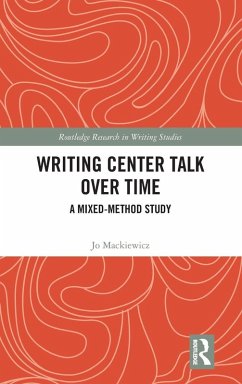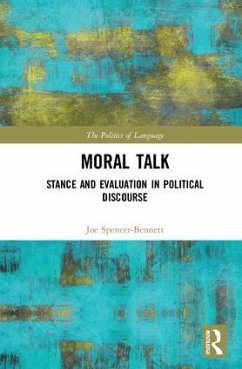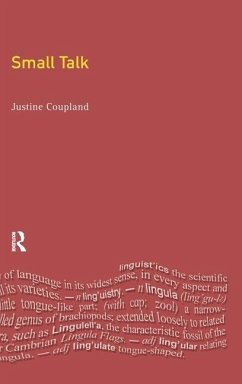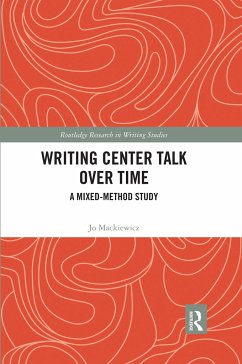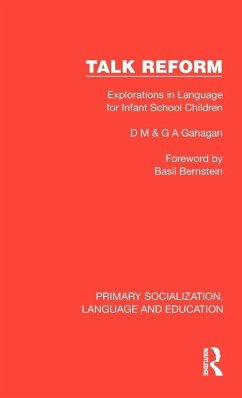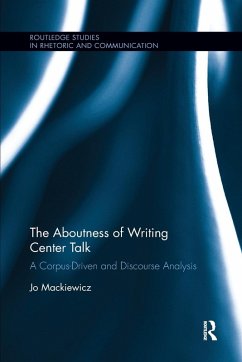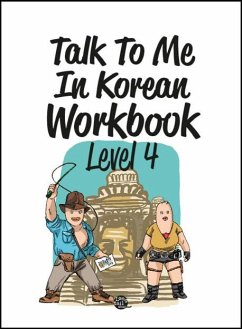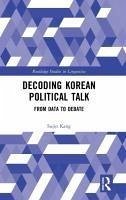
Decoding Korean Political Talk
From Data to Debate
Versandkostenfrei!
Versandfertig in 1-2 Wochen
188,99 €
inkl. MwSt.
Weitere Ausgaben:

PAYBACK Punkte
94 °P sammeln!
This book offers an illuminating exploration into the complex world of political communication in South Korea from 2016 to 2021, shedding light on its underlying rhetoric, strategy, and power dynamics. An indispensable resource for scholars in the fields of linguistics, political science, communication studies, and Asian studies.





